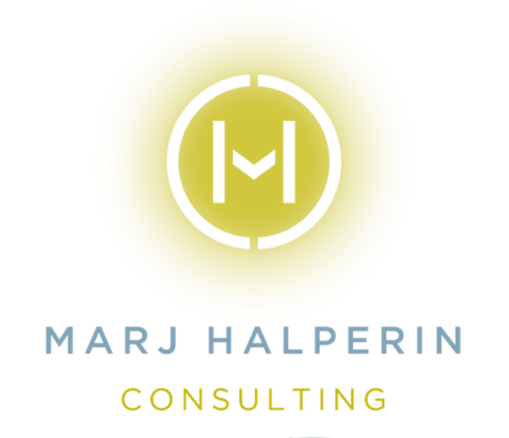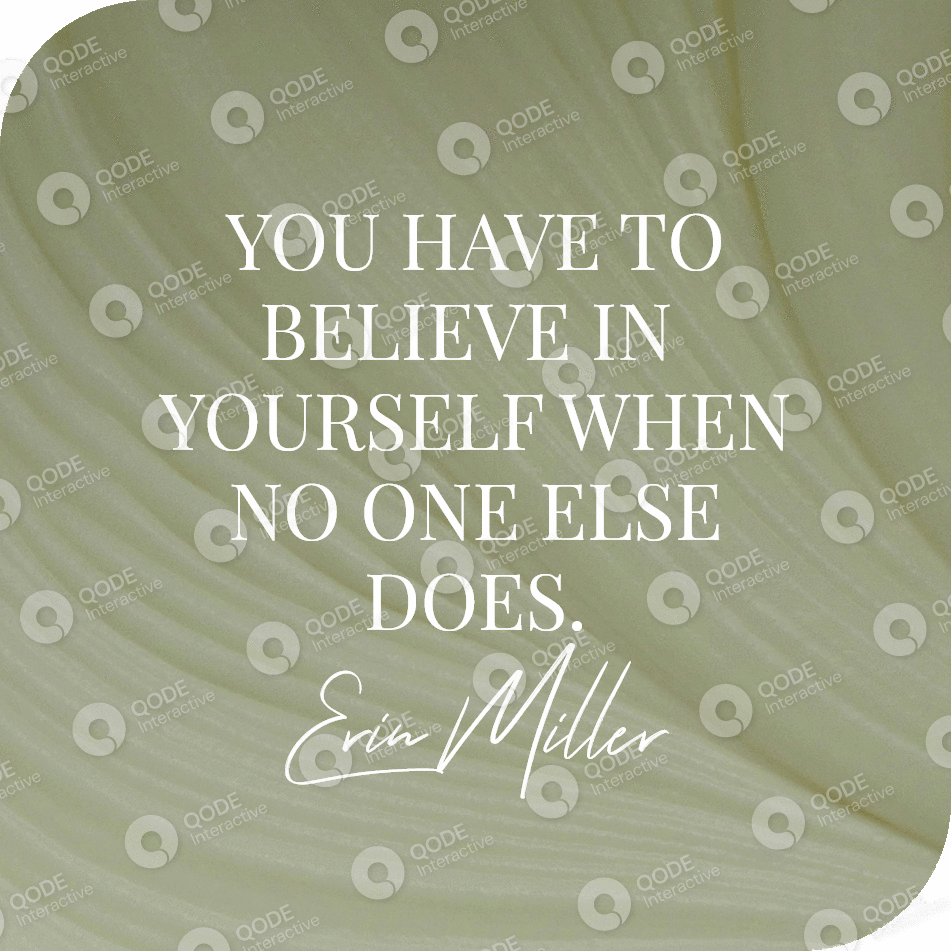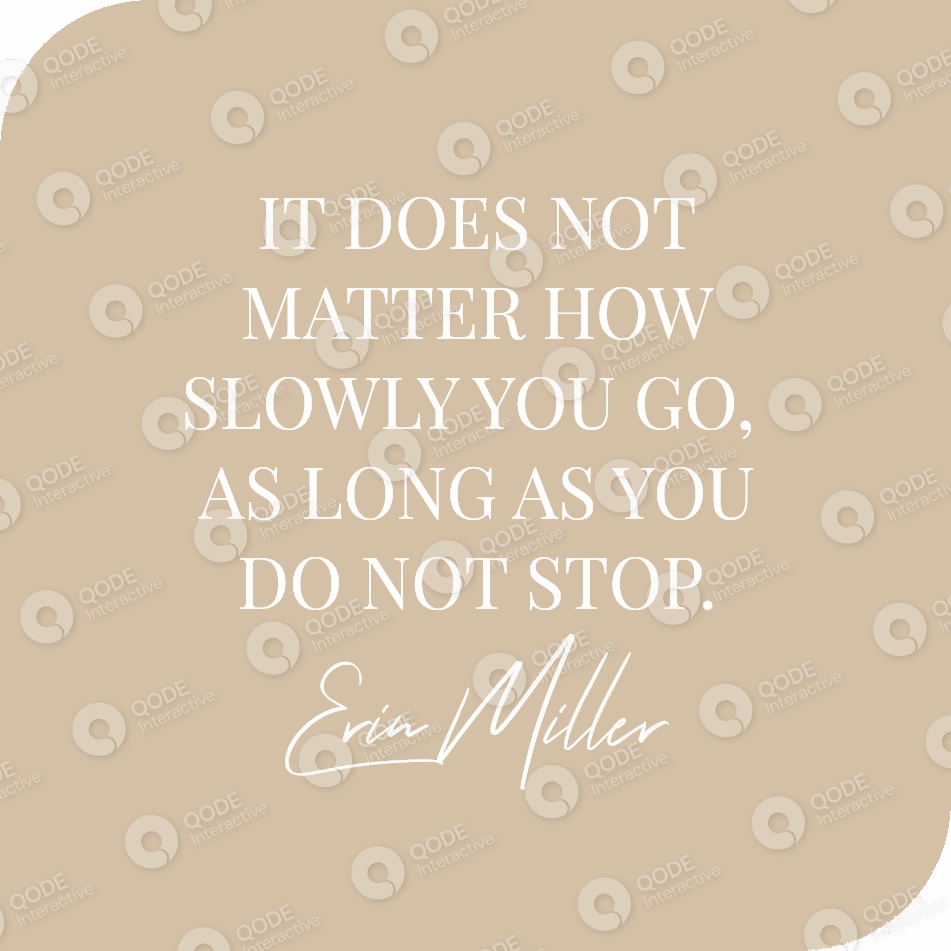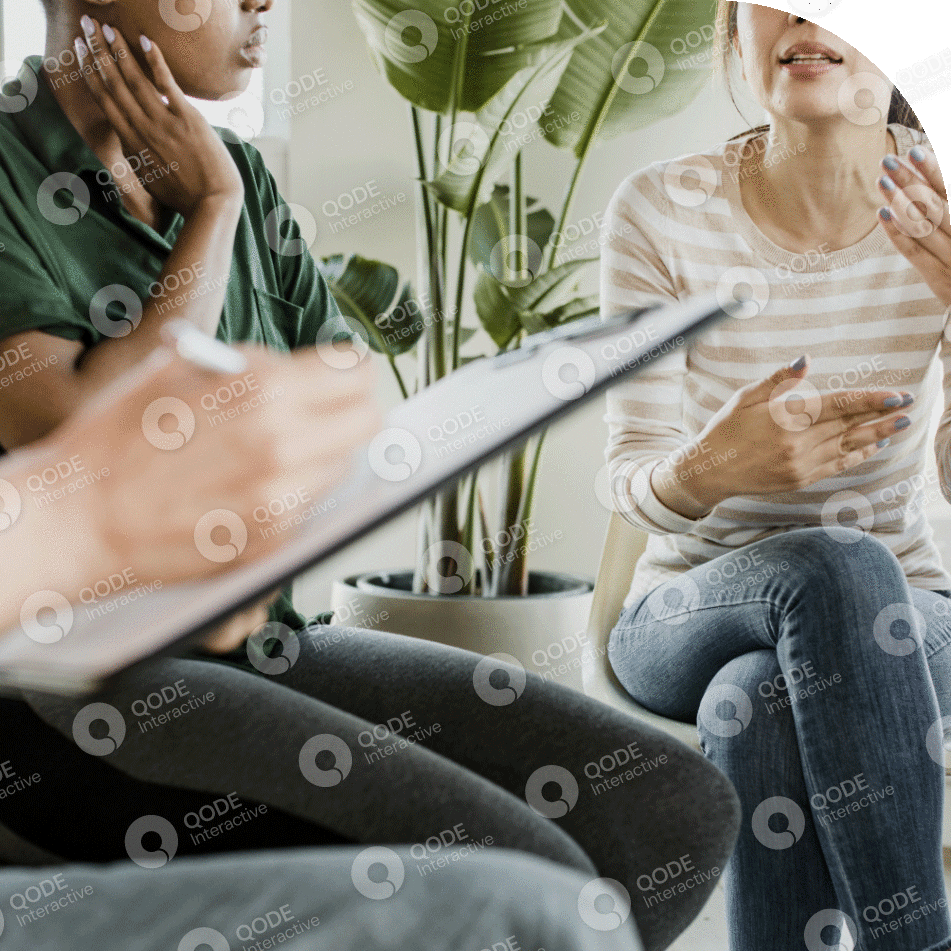1976 interview with Dizzy Gillespie. Prior to the interview, he wrote a joke on the blackboard: Hoof Heart, Ice Melt. Wouldn’t start the interview till I read it out loud. After, he gave me a small plastic bracelet as a thank you.
Many different kinds of styles contribute to what’s now modern mainstream jazz.
Can you describe your contribution as you see it?
That would be pretty difficult to do. And
the evolution of our music, which perennially it it evolves.
And each age brings a new measure of awareness,
of music.
And so what I did, I
was the one who set I was the one who set this
harmonically, harmonically I was one
of the ones who brought that and then rhythmically I was And of course Charlie
Parker was the catalyst.
He was the one who
said through his music, how the music was supposed to be played.
And so when we came together,
I said what, and he said how. That was my next question.
Who else do you think were the major catalyst at that time? Charlie Parker was the
major one because he set the style and all of us fell in behind that.
But we still had, we were up until that time, we were playing like fellas of the
earlier of the 30s. So everybody fell into that.
So naturally all the trumpet players that came behind me sounded like me because I
Was playing this way and all of them went play that way
In addition to Roy Aldridge who influenced you in the development of your own style
Charlie Parker who else would you say? Influenced by all everybody.
Oh man, so so many, Coleman Hawkins, Trueberry, Lester Young, Vic Dickinson,
Monk,
to drum a lot of drummers, Oscar Pettiford,
oh man, I was influenced by almost everybody. – That’s a good point in that a
number of times musicians of a different instrument will have a strong influence on
others of a different instrument. You mentioned, you know, drummers and others. Can
you think of a particular artist with another instrument who influenced you or even
some of other instruments who have told you that you influenced them?
Well, we introduced a whole spectrum of jazz, which were included drums,
bass, saxophones, trumpets, trombone. The whole picture changed.
But the ones who influenced me, I was mostly influenced by Charlie Parker.
Has there been anything comparable to the Revolutionary post -war changes in jazz that
you were a part of since that time? No, no. Well the closest thing,
well there have been several phases of evolution of our music.
One was Arnett Coleman with Don Cherry,
but it didn’t create an impact like ours because we went through the whole spectrum,
and then the next one was Coltrane, which It’s very prevalent now. The way that he
plays, the saxophone players play like that now, so Coltrane was a big influence.
It’s probably, maybe
as much as our influence. Yes, sir. How did you develop your interest in using
Latin rhythms with jazz? I’ve been doing that for years. I his love.
I was always a love of Latin music, played with a Latin band. In the early days,
a guy named Alberto Sacara, so flottis,
played in the Savoy Ballroom with him. What directions in jazz today most interest
you?
Rhythmically. Because they seem to the best in Afro -Cuban,
the best in Brazilian, the best in Calypso, and then the latest development in
American music. That’s what trains me on.
Can you describe the environmental changes that have taken place since you began in
jazz, for jazz music and for the musician? Well in the early days you either played
one night is a lot of one -nighters every night and then you would get a club to
play and then concerts weren’t too hip then there were dances so you played dances
and clubs but now
I play with symphony orchestras.
I play some clubs.
I would play concerts instead of dances now.
Colleges,
high schools,
and education. TV, we get some TV.
How do you feel playing? The concert situation is so different from the dance. It
makes music so much more a focal point of the event. How does that make you feel?
I like dancing. You like that? Yeah, I like dancing because dancing is how music
was meant for dancing first. All of the music of the Western Hemisphere, it goes
hand in hand with dancing. The Calypso is a special dancer, the Cuban’s got a
dancer, the Congo, the Roomba and all of it. The Brazilians have the Samba.
So you know the only music that doesn’t have a real
– well I guess our music does have something like that with the jitterbug.
That’s the dancing to our jazz.
Which way do you see jazz heading? Do you have any predictions for the future in
light? It’s heading towards more and more multi -rhythm
and electronics, too.
What do you think about the electronics. We’re here, we just really use it. It’s
here for us to use it. It does a lot of things that you can’t do regularly with
instruments.
Can you point out some promising musicians that you’ve noticed that maybe we should
look for in the future? We should look for John Faddis on the trumpet, Jimmy Owens
on the trumpet, Oscar Bichier on the trumpet, Woody Shaw.
There’s, I don’t know this saxophone, there’s a saxophone play with Art Blakey.
I don’t know his name, I know him when I see him, but he’s very good. Let me
see.
This part here. I’m only thinking about Trumpets. I can see why.
I wonder, you mentioned that you’re doing some TV and schools and an educational
kind of way. You held a workshop this afternoon. This seems to be the kind of
trend of what you’re doing lately. Do you have a special feeling about teaching
young people about the kind of music you do? Well, I’m preparing myself for later
because I’ll be teaching quite extensively later all over the world.
So I’m just remembering what I do now and the good things, the things that add
more impetus to the fight of education. I will be using that in the future,
cutting out the superfluous, some of the things that,
you know, If I keep trying, you know, about that time it would be ready for it.
You seem to have a long career even ahead of you. You plan to be traveling around
teaching, holding workshops like this all over the world then? Yes.
What kind of things do you tell a group like this, a group of young musicians,
high school students in this case? Well, I noticed that most of the young, young
musicians now, they have trouble with rhythm, with upbeats of rhythm,
which is the basic beat of our music. And I take them with rhythm,
I make them do it with the hands and I make them hum it because our music is not
only a music too but it’s a language in itself if I tell you if you can’t even
speak English and I tell you I say you have a phrase go da -da -dee -dee da -dee
-dee da -dee -dee one two three
And they do that and do ding, ding, ding, ding, ding. So you play, you say,
I want you to make it sound like this. One, two, three, four, ba -da -ba -do,
be -dee -dee -dee, be -dee -dee -dee. You see, it’s a language. And make them hum it.
Farners can hum if you tell them to say, do. If you make it, Farners say,
do. Be -dee -do, be -dee -do, do. Be do, billy -doo, do, billy -doo, billy -boo, boo,
billy -doo, billy -doo, do, billy -boo, billy -boo, billy -boo, say do that. They can
do that and can’t speak English, you know. So we have a language in itself and in
our music. So it’s a matter of teaching them what accent to use with that language?
It’s phonetically. Yes. Do you like what you see in these kind of workshops, the
way that education is beginning in the schools. – They’re moving forward. These
musicians are much a high caliber musician. Now it was when I was coming up,
when I was in high school, I couldn’t play as well as these guys.







